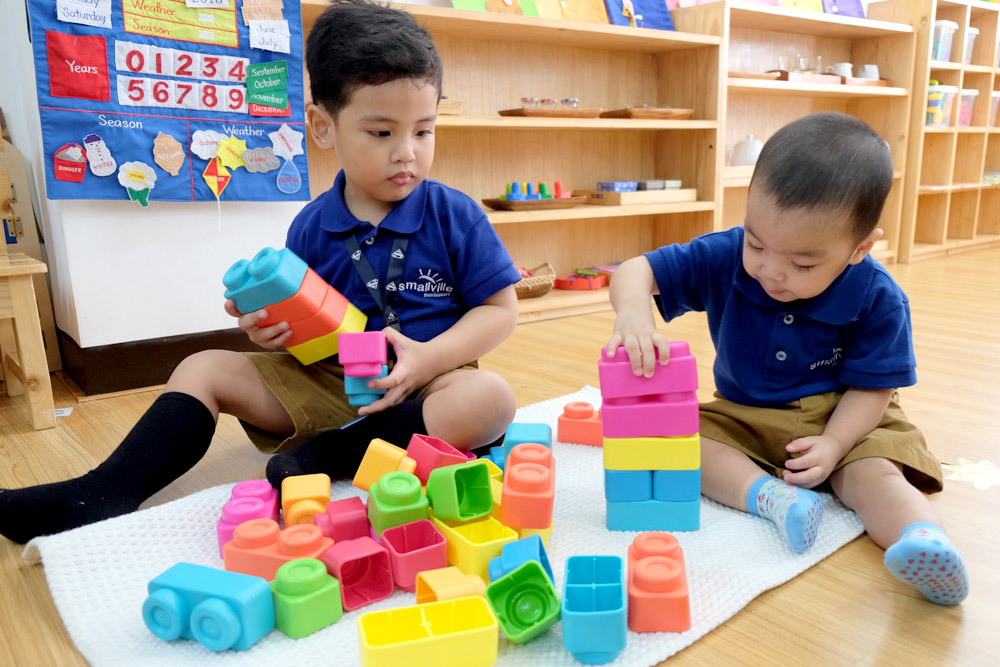
One of the more unusual aspects of our class to parents who are unfamiliar with Maria Montessori’s method of education is the grouping together of children of mixed ages. I can see why this puzzles some parents since most of us grew up attending traditional schools that group children according to their age. But to understand why this is a crucial part of a Montessori education we need to first understand Maria Montessori’s view of children.
Dr Montessori recognized the unique position of children as individuals who have needs, capabilities, sensitivities, and intellectual abilities that are distinct from adults. As intuitive as this may sound, this is a very revolutionary understanding of children. Think about it, traditional schools focus on teaching its students as a class—a group—who are then assessed using standardized test. This model glosses over the uniqueness of each individual child and their
corresponding abilities and limitations.
Of course, we can all point to a beloved teach who encouraged us and made us feel special. However, that kind of attention and to whom and how much it is bestowed is entirely a teacher’s discretion, and that is exactly why feeling loved and cared for in a traditional school setting is not the norm. Dr Montessori turned this model on its head by changing how we educate children to better address their needs.
Children are natural learners who learn things by observation, imitation, and experimentation. Our classroom is set up with child-friendly furniture and activities so that the children feel comfortable and engaged when interacting with any of the work that interests them. This overcomes a hurdle and helps them build confidence and self-esteem. They are then free to learn and work at their own pace and seek a teacher’s help only when necessary.
And that’s exactly the point of the mixed-age environment of our classroom, the children are able to interact with and learn from each other. Our teachers usually only assist in showing a child how to go about a work once and they take it from there. The older children of the group take pride in being able to show and teach the younger children how to do something while simultaneously reinforcing the skills they’ve already learned. For them, the reward is their sense of achievement at being able to do a work and do it well.
Meanwhile, the younger children learn more from their elders than just how to do a work. For example, they learn how to respect the older children for teaching and taking care of them. These kinds of social interactions ensure everyone is constantly teaching and learning from each other and helps them develop socially. And no matter how great our teacher are, they are limited by the fact that there are certain things children can only learn from one another.
Dr Montessori envisioned a system of education that addresses the needs of children holistically. That means giving every child the opportunity to grow and develop their cognitive, emotional, and social skills in a context that makes the most sense to them. Our classroom provides the setting, our teachers the structure, and children themselves provide the opportunities of learning.
